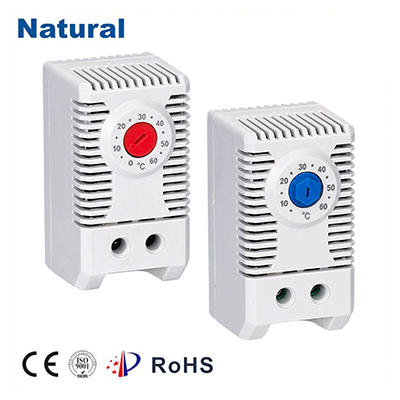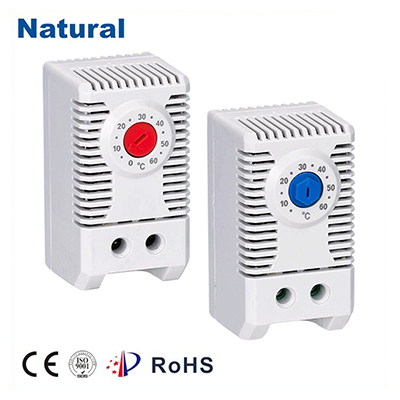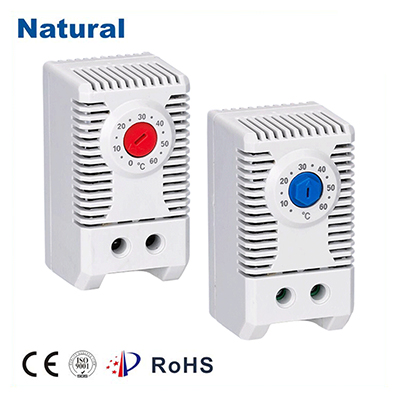In modern homes and buildings, maintaining a comfortable indoor climate is crucial for both comfort and energy efficiency. One of the key components in achieving this is the automatic temperature control thermostat. This device plays an essential role in regulating indoor temperatures, ensuring that spaces remain comfortable while minimizing energy consumption. In this article, we will explore the functionality, benefits, and types of automatic temperature control thermostats, along with tips for choosing the right one for your needs.

What is an Automatic Temperature Control Thermostat?

An automatic temperature control thermostat is a device that regulates the heating, ventilation, and air conditioning (HVAC) systems in a building to maintain a preset temperature. Unlike traditional thermostats that require manual adjustments, automatic thermostats can learn user preferences, adjust settings based on time, and respond to changes in the environment. This smart technology enables users to maintain a consistent indoor climate effortlessly. How Does It Work? The core function of an automatic temperature control thermostat involves sensing the current temperature in a room and comparing it to the desired temperature set by the user. When the current temperature deviates from the set point, the thermostat sends signals to the HVAC system to either heat or cool the space accordingly. Advanced models use algorithms to optimize temperature changes, minimizing energy waste while maximizing comfort.
